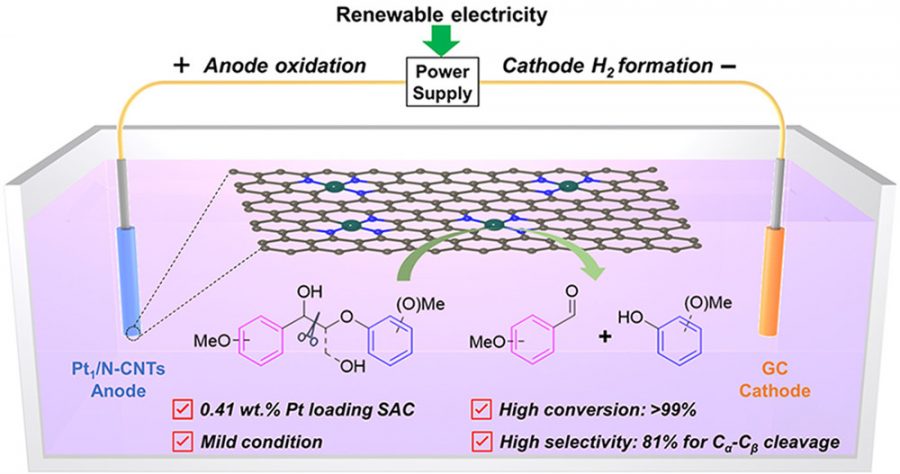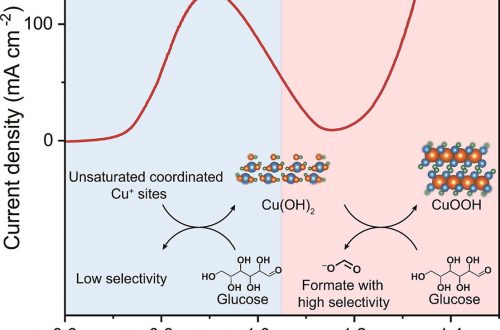21. Rational Design of Copper-based Electrocatalysts and Electrochemical Systems for CO2 Reduction: From Active Sites Engineering to Mass Transfer Dynamics
Zhong, Y.,Wang, S.,Li, M.,Ma, J.,Song, S.,Kumar, A.,Duan, H.*,Kuang, Y.*,Sun, X.
Materials Today Physics 2021, 18.
DOI: 10.1016/j.mtphys.2021.100354
Abstract
Electrocatalytic CO2 reduction reaction (CO2RR), a potential source of fuels and energy-rich chemical feedstock, is a promising approach to reduce current fossil fuel-based production as well as to reduce anthropogenic carbon emission. Cu-based electrocatalysts have drawn noteworthy attention due to their capability to produce C1, and C2+ products. However, challenges still exist in materials design towards highly active, selective and stable C─C coupling to produce high value-added fuels and chemicals. Meanwhile, CO2RR is a typical electrochemical reaction that occurs on the gas-liquid-solid three phase contact, therefore mass transportation stands as a key factor that influences both the activity as well as selectivity. Consequently, many efforts have been made towards the development of catalysts, electrolyte and electrochemical cell systems, to optimize the intrinsic activity and selectivity as well as mass transfer behavior. The goal of this review is to provide in-depth understanding on active sites engineering of the Cu based electrocatalysts and mass transfer ability of the cell configuration. In the first part, strategies to regulate the coordination state and electronic structure of Cu atoms were introduced for the optimization of the binding strength of key intermediates such as ∗CO, ∗CHO and ∗OCCO, and for the regulation of intermediates adsorption approach such as the ratio of atop-bound CO to bridge-bound CO, as well as to increase CO∗ coverages and lower the CO∗ dimerization barrier. In the second part, the design of new electrode structures and electrocatalytic cells to tune the mass transfer behavior of CO2RR reagents to enable unobstructed CO2 diffusion pathway and altered protons supply for the improvement of the activity at low overpotential and selectivity at high current density have been systematically discussed. Finally, we summarized the design principles for the Cu based electrocatalysts, the electrode structure, and cell configuration to optimize the adsorption/desorption of intermediates and diffusion of reagents and products. However, challenges in optimizing the reaction pathway still exist, we put up with some perspectives for future investigation of CO2RR mechanism, and promising strategies for stable higher C2+ production with high current density.



